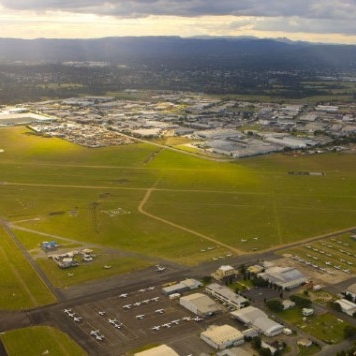Aviation Projects assisted Mackay Airport Pty Ltd to resolve several strategically significant matters and provide greater certainty about the protection of Mackay Airport's future ultimate capacity through the investigation, analysis and resolution of a number of complex inter-related airport protection problems.
Aviation Projects' responsiveness, expert knowledge, attention to detail, rigorous technical analysis and professional approach to its work contributed to the ability of North Queensland Airports, and in particular, Mackay Airport Pty Ltd, to achieve its strategic intent. As a result, Aviation Projects has become a trusted advisor to the NQA group of companies.

